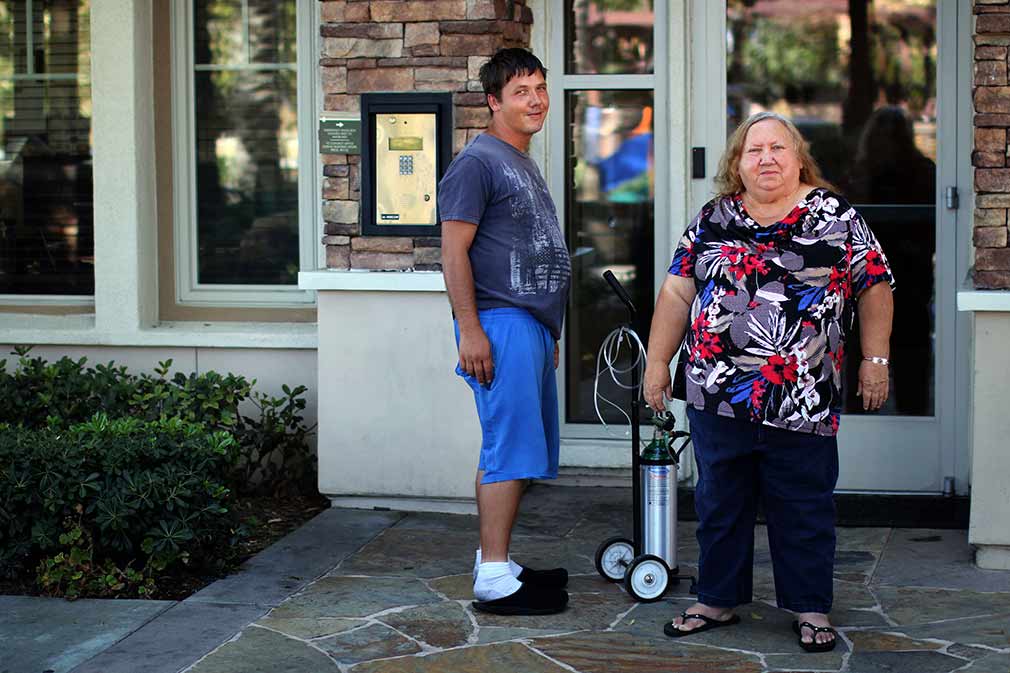



Housing first is a national best practice aimed at ending homelessness among those who have lived on the streets for extended periods and who experience mental health issues and addictions. These "invisible people" are among the least served in homeless programs nationwide – and the most expensive in terms of cost to taxpayers for hospitals, medications, and jails.
In many traditional programs, housing is considered a reward for good behavior – such as passing sobriety tests and finding employment. Housing first begins with the assumption and vision that “no one should be without a safe, stable place to call home.” Jamboree’s vision is very similar: every person will live in a strong, healthy, sustainable community. See both perspectives presented in an experiment by the mayor of Aurora, CO, who lived on the streets for a week, along with evidence that shows why housing first can end cycles of homelessness.
Jamboree’s vision is very similar: every person will live in a strong, healthy, sustainable community. Learn more about the housing first model and rapid re-housing strategies in Opening Doors, A Federal Strategic Plan to Prevent and End Homelessness (see pdf pages 25-27).
Based on the principles embodied in this housing first strategy, Jamboree often uses a coordinated entry method to house those most vulnerable. While housing is the first critical step to resolve a person or family’s homeless condition, permanent supportive services are also necessary. Download an overview of Jamboree supportive services to learn more about how and why they work.
Our extensive experience in Permanent Supportive Housing is backed by proven solutions for success and the stats and studies of many other homeless advocates nationwide. For example, just released in September 2017, Jamboree partnered with the University of California Irvine, United Way Orange County, Association of California Cities-OC, 2-1-1 Orange County, and the Hospital Association of Southern California to determine the real costs of homelessness to the community. See how more Permanent Supportive Housing can save taxpayers millions of dollars in places like Orange County in this descriptive infographic, in the study’s Executive Summary, or in the full 71-page report in this first-ever, county-wide study of its kind.
To learn more about Permanent Supportive Housing and share best practices, contact Roger Kinoshita, Jamboree's Vice President of Real Estate Acquisitions.
Want to see the latest? Learn even more about Permanent Supportive Housing and see our latest properties.
If you’re looking for apartments available for Mental Health Services Act (MHSA) clients with a mental health diagnosis, find answers quickly on our FAQ about Applying for Permanent Supportive Housing. If you need housing right now, call 211 for emergency shelters.